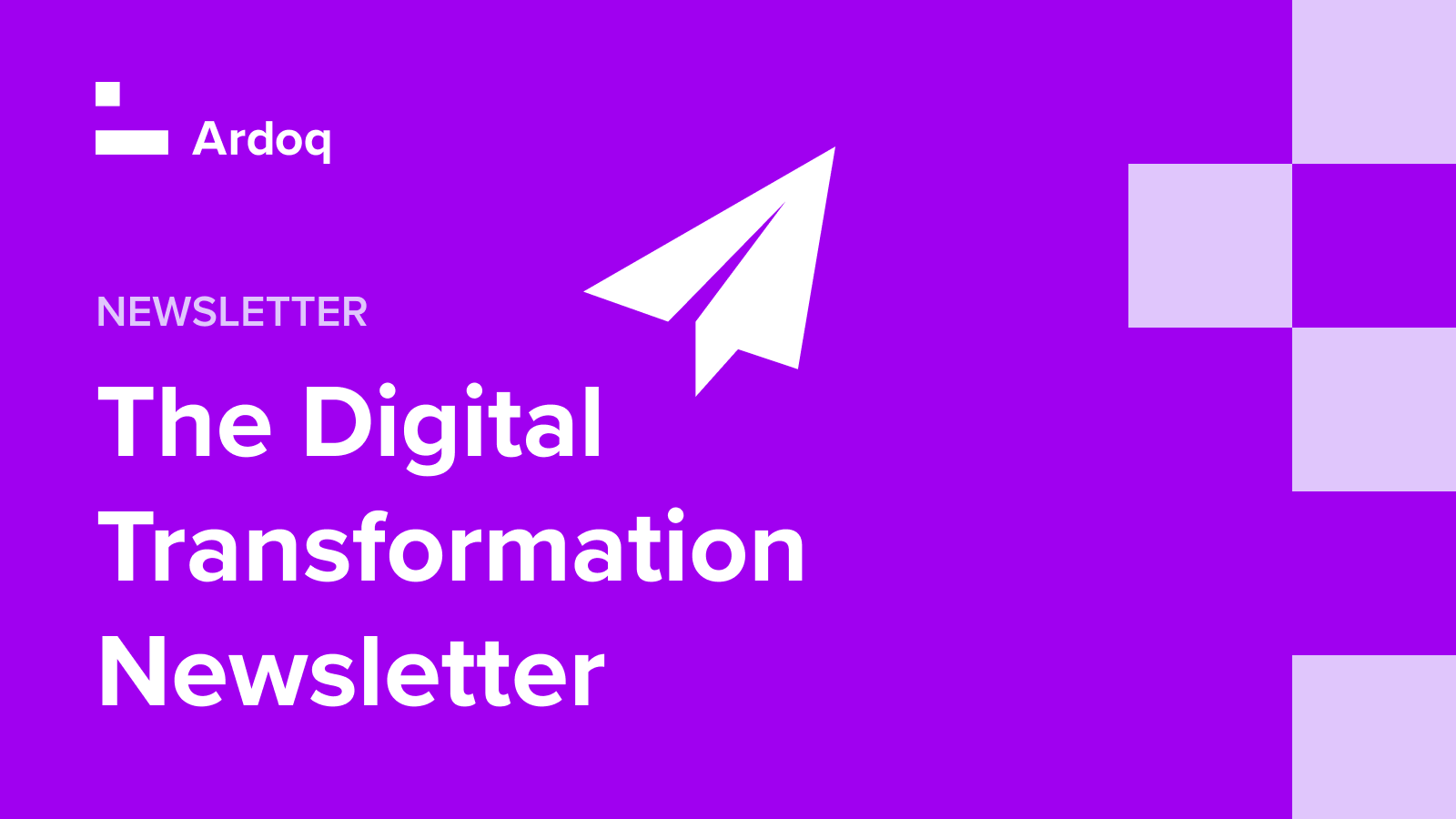October is when we take some time to focus on Cybersecurity Awareness and how to #BeCyberSmart. This is one of several think pieces that will dive deeper into specific areas of cybersecurity, the hefty risks attached to them, and what organizations should be doing to manage them better.
This article was written by an external guest writer.
If you're reading this, you're likely well-versed in the basics of cybersecurity risk mitigation and data protection. Welcome to a nuanced discussion on data access risks.
This article aims to go beyond the surface-level advice and delve into the complexities and advanced strategies that those of us in the field have been wrestling with for years.
Setting the Stage: The Evolving Threat Landscape
The cybersecurity landscape is a complex interplay between technology and regulation. On the tech side, we have cloud computing, which has decentralized data storage but also created new vulnerabilities.
IoT devices, from smart thermostats to industrial sensors, have expanded the attack surface far beyond traditional computing hardware. Artificial Intelligence (AI) offers both promise and peril: while machine learning algorithms can detect threats more efficiently, they can also be weaponized to conduct more sophisticated attacks.
On the regulatory front, the General Data Protection Regulation (GDPR) in the EU and the California Consumer Privacy Act (CCPA) in the U.S. have set new standards for data protection. These laws impose stringent requirements for data collection, storage, and processing, and they come with hefty penalties for non-compliance. Data compliance is more critical than ever for enterprises to have a good handle on.
All of the above means that the stakes in the game have been set high, and on multiple fronts.
The Financial, Reputational, and Legal Stakes
The financial ramifications of data breaches are far-reaching. The Ponemon Institute's $4.45 million average cost figure includes not just immediate expenses like incident response and legal fees, but also long-term costs such as customer churn, brand devaluation, and increased insurance premiums. It's a cascading effect that can persist for years after the actual breach.
The Target data breach serves as a case study in multi-dimensional impact. Beyond the immediate $10 million class-action and $18.5 million multi-state settlements, Target's stock price fell by 9%, and the company incurred $252 million in expenses related to the breach. The CIO and CEO both resigned, highlighting the long-term governance implications of such incidents.
Taxonomy of Data Access Risks
Before diving into the types of risks, it's crucial to understand that data access threats are not monolithic. They come from various sources, each with its own set of challenges and mitigation strategies.
Insider Threats
- Malicious vs. negligent insiders: Malicious insiders are often easier to conceptualize — these are individuals within the organization who intentionally cause harm. But negligent insiders, like an employee who falls for a phishing scam, can be just as damaging.
- Advanced Persistent Threats (APTs) with insider help: APTs are often state-sponsored and involve long-term infiltration. When aided by an insider, they can be particularly devastating, as was the case with the Stuxnet worm, which targeted Iranian nuclear facilities and was reportedly aided by insider information.
External Threat Vectors
- Zero-day exploits: These are vulnerabilities that are exploited before a patch becomes available. The WannaCry ransomware attack in 2017, which utilized the EternalBlue exploit, serves as a grim reminder of the need for timely patch management.
- Supply chain attacks: The SolarWinds attack was a watershed moment, highlighting that even the most secure organizations could be compromised through their vendors. It's a lesson in the importance of vetting third-party security measures.
Social Engineering
- Spear phishing and whaling attacks: Spear phishing is more targeted than generic phishing attacks, often leveraging inside information. Whaling attacks go a step further, targeting high-level executives. Both require a level of vigilance and education among employees that goes beyond simple "don't click on suspicious links" advice.
Understanding the taxonomy of data access risks provides a framework for more effective threat identification and mitigation. With this foundation, we can now explore advanced techniques for detecting these threats.

Advanced Threat Identification Techniques
Having established the types of risks we face, the next logical step is to discuss how to identify these threats before they manifest into full-blown crises. Advanced threat identification goes beyond traditional methods to incorporate cutting-edge technology and proactive strategies.
Modern analytics tools can identify abnormal behavior that may indicate a compromised account. This goes beyond simple log reviews and into predictive analytics. Threat-hunting involves actively looking for signs of compromise rather than waiting for an alert. It's a proactive approach that has been shown to reduce dwell time for attackers.
Indicators of Compromise (IoCs) and Indicators of Attack (IoAs) are specific pieces of information, like a suspicious IP address or a known malware signature, used to detect malicious activity. The key is to contextualize these indicators to differentiate between false positives and genuine threats.
Effective threat identification is the first line of defense in data access risk management. With a robust identification strategy in place, the focus shifts to how to mitigate these identified risks, which leads us to our next section.
Mitigation Strategies
Identifying threats is only half the battle; the other half is effectively mitigating them. In this section, we'll explore strategies that go beyond basic firewalls and antivirus software to provide a more comprehensive defense. These include:
- Zero Trust Architecture: This approach operates on the principle of "never trust, always verify," even within your internal network. It's a shift from perimeter-based security models and is increasingly relevant as remote work becomes more common.
- Data Loss Prevention (DLP): DLP tools can monitor and control data transfers, which is crucial not just for preventing data exfiltration but also for ensuring compliance with data protection regulations.
- Security Information and Event Management (SIEM): SIEM solutions aggregate and analyze data from various security tools, providing a centralized view of an organization's security posture. This is crucial for real-time response and for meeting regulatory reporting requirements.
Mitigation is an ongoing process that requires continuous adaptation to new threats and compliance requirements. It's essential to consider how emerging technologies and regulations will impact data access strategies.
Future-Proofing Your Data Access Strategy
The only constant in cybersecurity is change. Future-proofing is not about preparing for a static set of challenges but about building an agile and resilient strategy capable of adapting to new threats and regulatory landscapes.
While still in its infancy, quantum computing has the potential to break current encryption algorithms. Preparing for this with quantum-resistant algorithms is not just future-proofing; it's prudent planning.
With data protection laws evolving, staying ahead of the curve by closely monitoring regulatory trends is essential. GDPR was a significant shift, but it's unlikely to be the last of its kind.
As data monitoring capabilities advance, so do the ethical considerations around employee privacy and data usage. With increasing limitations imposed by lawmakers and rapidly developing tech solutions, we’re poised to rethink how to define and implement data access controls that not only meet evolving regulations but also don’t stifle productivity.
In order to successfully navigate the increasingly complex and uncertain future, the key to successful data access management lies in our ability to anticipate change and adapt accordingly. This requires a commitment to continuous learning, investment in advanced technologies, and a proactive approach to compliance and risk management.
Conclusion
Data access risks are a complex, evolving challenge that requires a multifaceted, proactive approach. It's not just about keeping the bad guys out; it's about continuously assessing and improving our internal processes, staying abreast of technological and regulatory changes, and fostering a culture of security awareness within our organizations.
Let's continue to be bold in our strategies, caring in our stewardship of data, and driven in our pursuit of secure, continuous business execution.
For more valuable reading and insights into enabling successful digital organizations, sign up for the newsletter:










